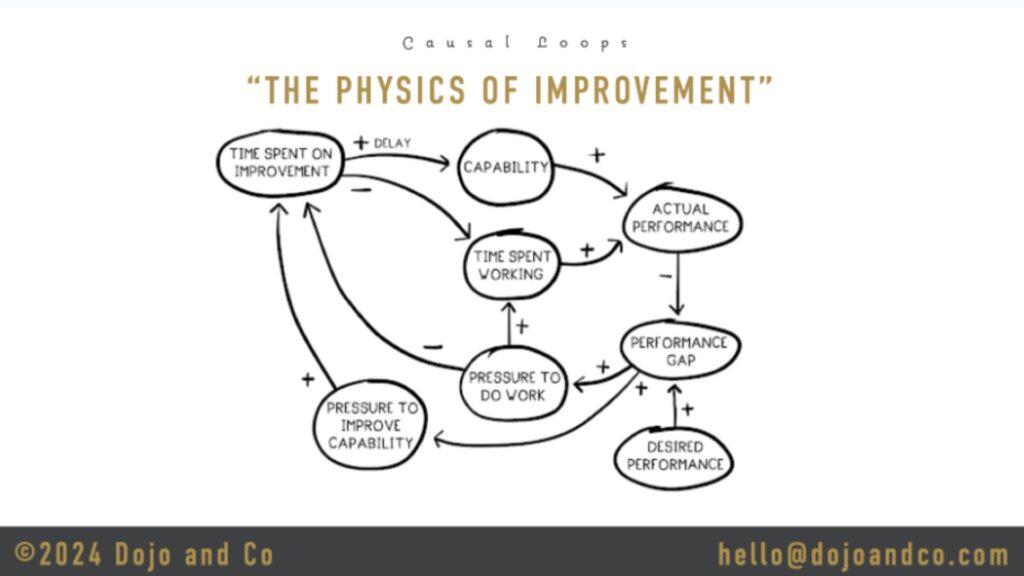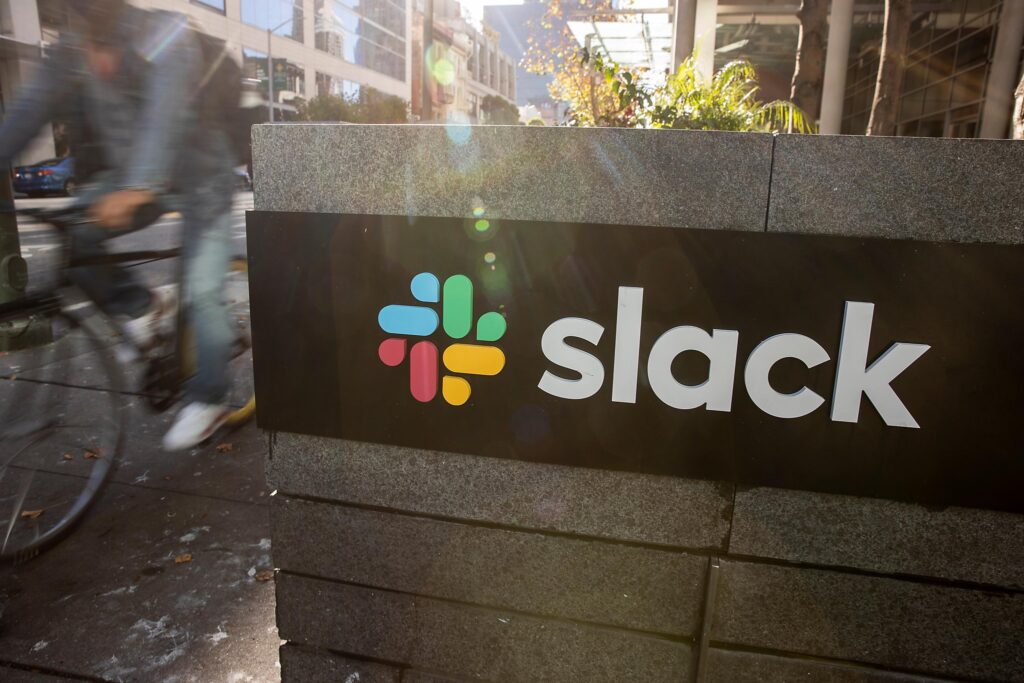Do you feel adequately equipped to give your employees the best possible workplace environment for professional growth and upskilling? More importantly, do you support your team in a way that not only enhances their individual skills but also boosts overall retention?
LinkedIn’s Workplace Learning Report 2023 reveals that 89% of L&D professionals view proactively developing employee skills as essential to navigating evolving workplaces in the coming years. Yet, just 26% of employees have been challenged to learn a new skill by their employer.
Your team is made up of unique individuals, each with their own distinct strengths and weaknesses.
In today’s often tumultuous workplace settings where a high talent retention rate can be difficult to maintain, supporting your team with tailored educational opportunities and support is crucial — and the best way to accomplish this is through a blended learning program.
Blended learning programs allow your employees to learn in the way that works best for them, combining both in-person and virtual education to create a nurturing working environment that genuinely encourages and enables team members to grow their skills.
By creating a blended learning program for your team, you ensure that both individual and organizational needs are met. This type of program also gives you, as a program manager, the best opportunity to get to know your team and their needs on a deeper level.
Keeping this in mind, here are 5 tips for creating a blended learning program:
1. Gather feedback proactively
You likely know the value of gathering feedback after an event or program has taken place — but what about gathering feedback beforehand?
Feedback from both your experienced and newer team members can be invaluable when building a blended learning program. Let’s quickly cover just a few of the ways you can use this feedback for designing a program tailored to your team’s needs and preferences:
- Discovering Pain Points: From a business perspective, creating a blended learning program should help your team develop not just the skills they are most interested in but also the skills they struggle with the most. Speaking with your team before designing a learning program can help you discover the key pain points that your team is encountering on a day-to-day basis
- Seeking Out Experts: Asking for feedback from your team first is a great way to not just find out what areas of business they need the most help with but also who among the senior team members are most willing to help out. Ideally, the team members that you place in the roles of instructors and mentors should have a personal drive to fulfill this role, giving these senior team members similar opportunities for growth and greater company involvement as well.
- Facilitating Shared Knowledge: For blended learning programs to be effective, your company needs a shared knowledge base to work from. This can include everything from business documentation to course curriculums — anything that can help your team gain a more complete understanding of the company and their fellow team members. Initial feedback sessions allow you to identify the most important knowledge to share universally and then build from there.
2. Focus on team enablement
Too often, tech companies focus on creating business-oriented objectives, rather than team-oriented ones.
For example, picture a tech company that has been underperforming in shipping features and wants to increase its efficiency. The business-oriented goal in this scenario would be to boost productivity by improving processes, while the team-oriented goal would be to evaluate where a team is struggling to remain productive most and devise a solution based on where more team support is needed.
Both scenarios are ultimately working toward the same overarching goal — to increase productivity.
Where the business-oriented objective fails to address the human interest perspective, the team-oriented objective does not. It treats the problem of productivity as a symptom of a potentially larger issue within the team itself. As a result, this objective is more focused on enabling employees to become more productive by providing better support and resources.
This is what we call team enablement, an approach to team management that provides individual team members with the right level of support, resources, and education according to their specific needs.
Team enablement and blended learning work well together, as the very premise of blended learning is to give people the option to learn about what interests them most in a way that works best for them.
3. Build mentorship into your program
Company mentorship programs are often treated as separate entities from learning programs.
Yet, when combined, these two programs can facilitate much stronger relationships between your senior and junior team members. Moreover, combining these programs can ultimately help your company save more time and money by having mentors serve in a variety of different roles based on their interests.
These roles can include:
- One-on-One Mentors: One-on-one mentors are great for new hires especially, as this gives a new hire an instant source of support and guidance to rely on.
- Group Mentors: Group mentors can be incredibly helpful for teaching smaller teams or sub-teams about highly specific topics. For instance, pairing a junior marketing team with a senior developer could help that marketing team understand the company’s technology on a deeper level — something that will come in handy when creating sales materials.
- Instructors: Some mentors can also double as course instructors within your blended learning program, guiding larger groups through more structured lessons and curriculums. This can also be a good option for senior team members that want to be involved but have tight schedules, as their instruction sessions can be pre-recorded for their convenience.
- Deploying cost-effective solutions for designing a blended learning program with built-in mentorship is crucial. Find out how PlusPlus’s mentorship features can help!
Want to hear a practical, real-life example of one company building exceptional mentorship programs into their company? Check out this talk, where Autodesk outline how they decided on, created, and launched their six-week program, which participants have described as the “best learning experience” they have ever received.
4. Track your team’s progress
Any great blended learning program should include analytical tools for tracking and assessing your team’s progress in the program.
Using analytics and reports, you can gain many key insights that help you better understand where your team is and where they need to be.
Here are just a few examples of metrics to track in a blended learning program
- How many of your team members (both senior and junior) are participating in the program
- Of those participating, how many are completing courses and demonstrating their newfound knowledge within the workplace
- What kinds of session feedback your instructors and program are receiving
- Whether pre-recorded or live sessions draw in more engagement and participation
- Which senior team members are most interested in participating as mentors or instructors
5. Automate your learning workflows
Our final tip for designing a highly effective blended learning program is to automate your workflows wherever possible. In particular, the features of your program that are ideal to automate include:
- Scheduling (creating meetings, sending reminders, creating calendar invites, etc.)
- Reporting (sending feedback surveys, gathering analytics, creating insights, etc.)
- Filtering (creating filters to search for team members on-demand that fit specific criteria — such as potential mentors or instructors)
By automating your learning workflows, you make it easier to create a flexible learning program that can be used when needed, as needed.
Team enablement with PlusPlus
At PlusPlus, our team enablement platform comes with all of the tools and resources you need to create an exceptional blended learning program.
The features of our platform include:
- Live-learning resources for scheduling and discovery
- Personalized onboarding programs for new hires
- Centralized knowledge sharing
- Internal mentorship programs
- Self-paced learning guides for remote or self-led learning
PlusPlus builds on your team’s expertise to establish a more resilient and fully enabled tech team.







